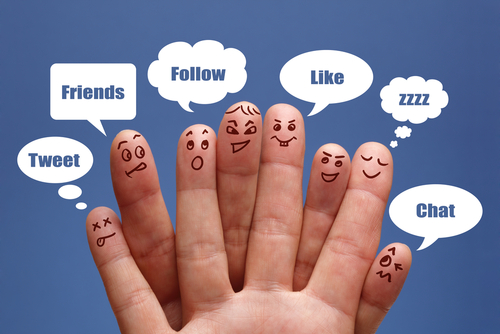Summer vacation is over and your kids are back in school, facing the threats of cyberbullying, sexting and other online safety dangers. According to a recent poll in the UK, 35% of 11- to 17-year-olds reported being bullied online and four in 10 said they had witnessed others being picked on online.

And according to a study from December 2013, 473,000 6-17 year olds visited an adult website from a PC or laptop, of which 44,000 children were aged 6-11 years old!
And what about Secret, Whisper, Tinder and all the other new anonymous messaging apps that kids are using these days? There’ve been a lot of stories recently in the media about how these apps are being used for anonymous cyberbullying…
So, there is no better time to review online safety practices and tips!

Educate yourself!
Know what is happening online, where your kids go and what they do when they are online. Learn about the possible dangers – cyberbullying, sexting, online predators, and inappropriate content. Understand how these could occur, what warning signs to watch out for, and what the possible consequences could be. Remember that sometimes familiar “frenemies” who use the Internet as a weapon, may be more threatening than strangers.
Communicate with your kids
Explain about the dangers possibly awaiting them online. Tell them they should feel free to come to you whenever they feel uncomfortable – whether they “accidentally” see inappropriate content, receive a request from a stranger or feel threatened by a bully.
Review basic online safety rules
Remind your kids of these basic online safety rules:
For older kids that use social networks, remind them that everything online is permanent. Screenshots, caches and other tools mean that even deleting a post or comment won’t make it go away. Tell them to pause and think through every post.
Did you get them a new laptop, tablet, or smartphone?

Here are some things you should do to keep your kids safer when online:
Did you decide on different rules for the summer? This is a good time to rethink your family’s rules, and explain that these should be followed even if they are using the Internet from a friend’s house, at the library or from a mobile device. If you don’t already have one, consider creating a family online safety contract.Make sure you have an online safety program installed.
PureSight can assist you in monitoring your children’s online behavior on several devices (tablet, smartphone, laptop) on Facebook too! PureSight can also help you in setting time limits and in blocking offensive and hateful content, even in instant messaging programs. And you can set up individual, age-appropriate profiles to help all of your children. Learn more about PureSight.
Dying to share those “back to school” photos on Facebook? Think again…
It’s fun to share your children’s first day of school photos for all your relatives and friends to see. But here are a few things to consider before you do so:
Is your kid a victim of cyberbullying?
And what about their time at school? Are they safe? .
Here some questions to look into with your child’s teachers and administrators:
Are children allowed to use mobile devices for calculating and research? Is there a punishment for texting in class? Or, are mobile devices not allowed in the classroom at all?Are there social-networking rules regarding student/teacher interaction?
Many teachers use Facebook and other social networks to connect to students and make themselves available for questions, while others do not. Ask your child’s teacher what their rules are, and make sure you feel comfortable with any social-networking requirements.Does your school have a Cyberbullying policy?
What is expected from both the parents and student when it comes to dealing with cyberbullying incidents? Many schools have recently implemented harsher penalties for cyberbullies, including suspension and even expulsion.Does your school use filtering software?
What is your school doing to protect your child from harmful online content and contacts while they are at school, and what happens to a student who tries to access inappropriate material.













